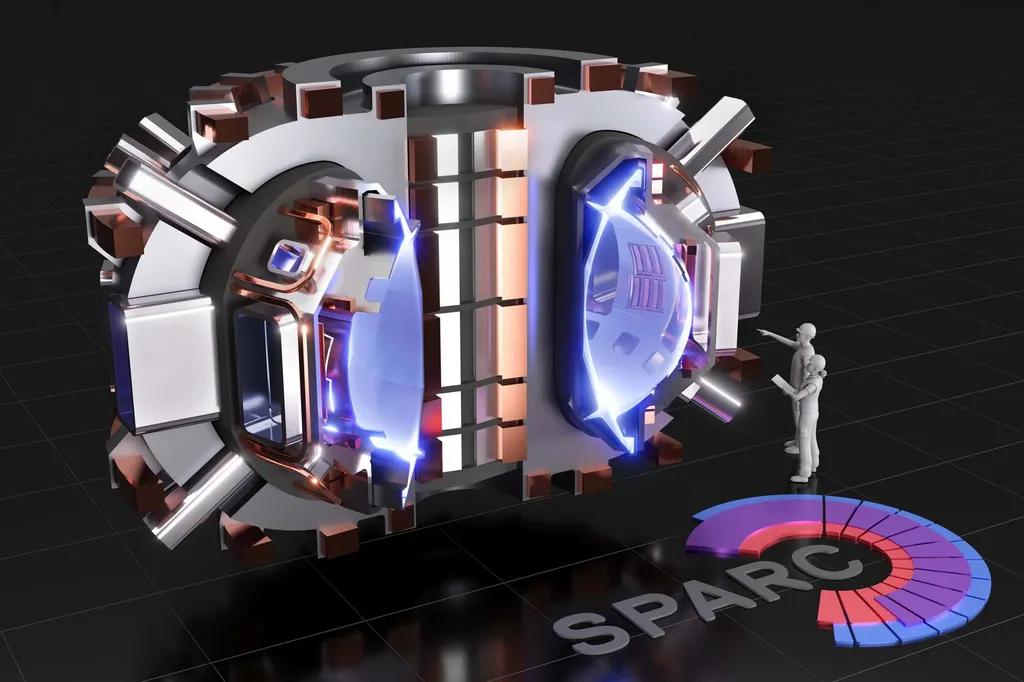In the relentless pursuit of clean, sustainable energy, scientists are continually pushing the boundaries of what’s possible. A recent study published in the journal *Nuclear Fusion* (translated from the original title) has shed new light on the complexities of managing heat fluxes in tokamak reactors, a critical component in the development of practical fusion power. The research, led by M. Scotto d’Abusco from the Princeton Plasma Physics Laboratory, offers a significant advancement in understanding how 3D magnetic fields can influence heat distribution on plasma-facing components, potentially shaping the future of fusion energy technology.
The study focuses on the SPARC tokamak, a compact fusion device designed to demonstrate the feasibility of net energy gain from fusion reactions. Using the HEAT code, a sophisticated simulation tool previously employed for axisymmetric heat flux calculations, the research team has now extended its capabilities to predict 3D heat fluxes generated by non-axisymmetric plasmas. This breakthrough was achieved by integrating the 3D field line tracing capabilities of the MAFOT code with perturbed equilibria from the MHD resistive code M3D-C1.
The results are striking. The application of n = 1 perturbation fields—fields with a single toroidal periodicity—through a toroidal array of six picture frame coils led to a localized enhancement of heat flux peaks up to 15 times larger than in the axisymmetric case. “The heat flux profile changes significantly in shape and intensity,” explains Scotto d’Abusco. “We observed a primary peak influenced by the wetted area impacted by the magnetic footprint, as well as the emergence of a secondary heat flux peak whose intensity depends on the amplitude of the applied 3D field and its toroidal location.”
These findings have profound implications for the design and operation of future fusion reactors. Understanding and managing heat fluxes is crucial for maintaining the integrity of plasma-facing components, which must withstand extreme thermal loads. The ability to predict and mitigate these loads through 3D field manipulation could lead to more robust and efficient reactor designs.
The commercial impact of this research cannot be overstated. Fusion energy holds the promise of nearly limitless, clean power, but its realization depends on overcoming significant engineering challenges. By providing a more accurate and comprehensive tool for simulating heat fluxes, this study paves the way for more informed design decisions and potentially faster progress toward practical fusion power.
As the energy sector continues to evolve, innovations like these are essential. They not only advance our scientific understanding but also bring us closer to a future where fusion energy plays a central role in meeting global energy demands sustainably. The work of Scotto d’Abusco and their team is a testament to the power of interdisciplinary collaboration and the relentless pursuit of scientific excellence.

